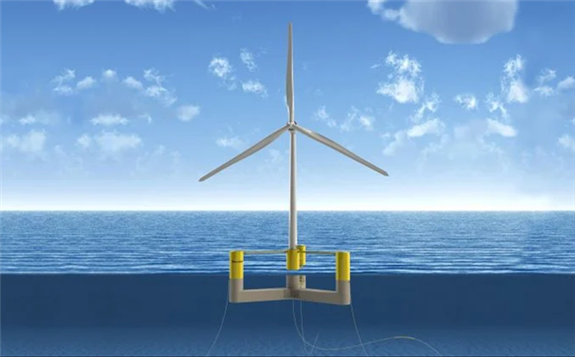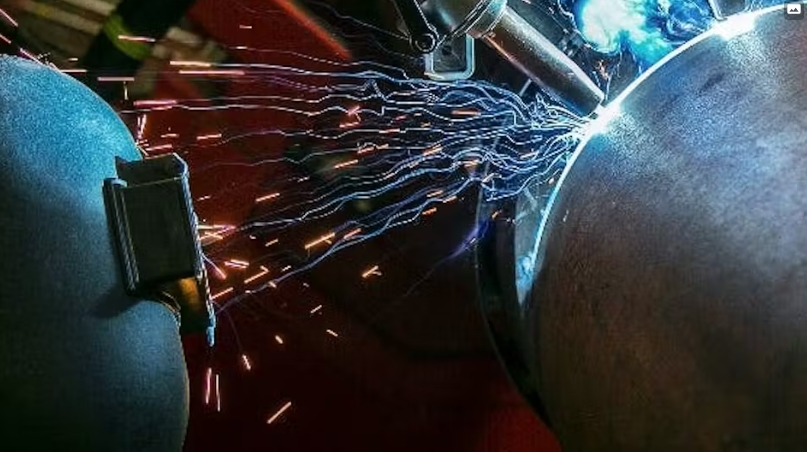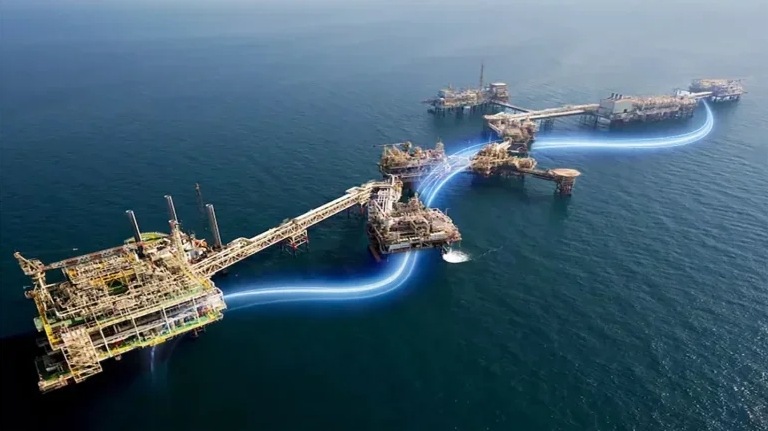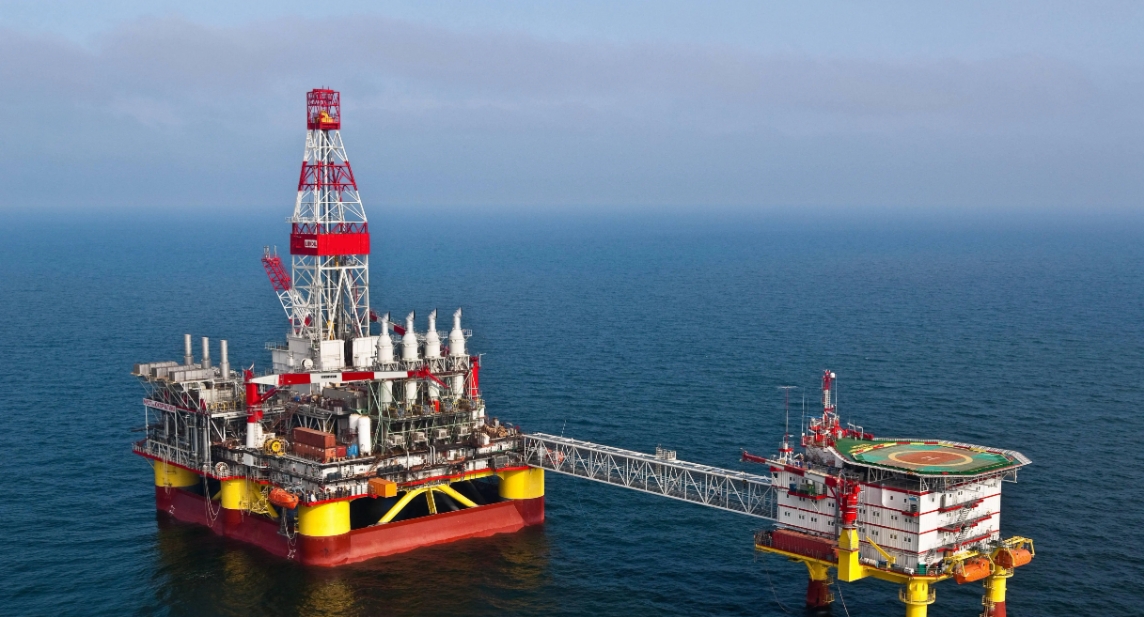After years of development, the University of Maine has landed two major energy investors for its floating offshore wind demonstration project, announcing that units of Japan’s Mitsubishi Corp. and German utility RWE will buy and build the project — a potential door-opener for the U.S. floating wind market.
 A rendering of UMaine's semisubmersible concrete floating platform that will hold a 10 to 12 MW turbine.
A rendering of UMaine's semisubmersible concrete floating platform that will hold a 10 to 12 MW turbine.
RWE Renewables and Mitsubishi-owned Diamond Offshore Wind have formed a new joint venture, known as New England Aqua Ventus, that will acquire, develop and eventually operate the single-turbine floating wind project that is expected to cost $100 million.
The joint venture hopes to finalize the design work in 2021, sign the supply-chain contracts in 2022 and build the project in 2023, said Wojciech Wiechowski, senior manager at RWE Renewables, in a Wednesday interview.
RWE claims to be the world's second-largest developer of offshore wind projects, after Denmark's Ørsted. Aqua Ventus will be its first project in U.S. waters, and one of a small handful of floating demonstration projects it's investing in globally, Wiechowski said.UMaine, whose Advanced Structures and Composites Center has been researching floating wind technology since 2008 and has carried the project this far, will own the intellectual property behind the VolturnUS floating hull concept and will license the technology to the Aqua Ventus project — and hopefully more to come.
Aqua Ventus has seen numerous twists, turns and setbacks over its many years of development, notably in 2013 when Equinor (then known as Statoil) walked away from the project after interference from then-Governor Paul LePage, a Republican with anti-wind-energy views. Current Maine Governor Janet Mills, a Democrat, helped to revive the project, which scored a 20-year power-purchase agreement at above-market rates with Avangrid utility Central Maine Power late last year.
Mills has supported potentially opening the Gulf of Maine to offshore wind development, an area that would require floating turbines due to its water depths.
Floating wind: About that $100 million price tag
Aqua Ventus' latest design calls for using a single turbine rated at 10 to 12 megawatts. That’s at the upper end of the range of offshore turbines available commercially today and would break new ground for the emerging floating wind market. The largest floating offshore project in operation is Equinor’s Hywind Scotland, which uses five 6-megawatt turbines.
The estimated $100 million price tag is a hefty one for a project involving a single wind turbine, even if it's a very big one. The cost reflects a variety of factors, including the lack of economies of scale for a one-turbine project and the fact that most aspects of the project will be first-of-their-kind, the developers say.
"There are a lot of synergies with larger projects," Wiechowski said. "Even if it's a single-turbine project, it's still a full-scale construction project. [...] In a larger project, you can spread the costs across all the turbines. Negotiating a wind turbine supply agreement, for example, takes the same amount of energy whether it's one turbine or 100."
Cabling will account for a significant chunk of the project's cost. The wind farm will be built 14 miles off the coast of Maine, south of Monhegan Island.
Aqua Ventus remains eligible for millions of dollars in potential funding from the Department of Energy.
There are three broad categories of floating wind platform designs, explained Habib Dagher, executive director at UMaine's Advanced Structures and Composites Center. There are spar-buoys, tension-leg platforms and semisubmersibles — the latter of which has been the focus of UMaine's research.
One important aspect of the VolturnUS concept is its use of concrete hulls, which are fabricated in smaller pieces and then assembled on-site.
"It's perfect for certain markets like Maine where you don't necessarily have large-scale steel manufacturing facilities but you can much more easily manufacture concrete components," said Wiechowski. "It's perfect for local content and the creation of jobs."
Floating wind continues to make progress
Even using conventional bottom-fixed turbines, the American offshore wind market is in its infancy, with a total of seven turbines installed in U.S. waters at Ørsted’s 30-megawatt Block Island project off Rhode Island and Dominion Energy’s recently built 12-megawatt Coastal Virginia pilot.
But the industry is set to scale up dramatically over the coming decade, with Wood Mackenzie predicting 25 gigawatts of capacity in place by 2029 — and floating technology potentially set to unlock big new markets off states like California in the 2030s, if the cost comes down far enough.
The growing number of larger projects moving forward globally has experts increasingly confident that floating offshore wind farms will soon be able to access more traditional forms of finance, helping to lower costs alongside technology advances.







